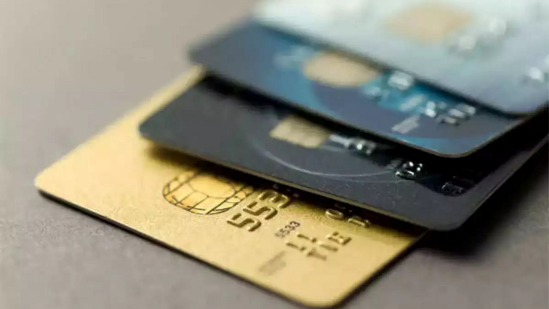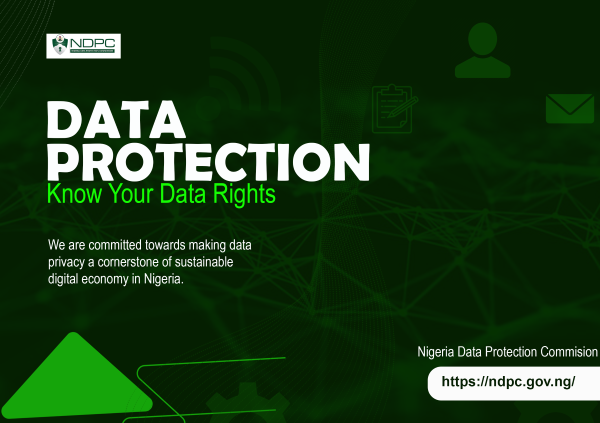Franck Germain, Vice President at Linxens Smartcard, in this article explores how bank cards are evolving – becoming more sustainable, more connected, and more strategically valuable in an increasingly digital ecosystem. From seamless customer experiences to loyalty and trust, the card remains a central touchpoint in the modern banking journey.
Every few years, predictions surface about the end of the bank card – supposedly destined to disappear in favor of mobile wallets, QR codes, and purely digital solutions. Yet, on the ground, something very different is happening. The card is not fading; it’s evolving. It continues to reinvent itself, both technologically and symbolically, to remain at the very heart of the customer experience.
RELATED: NIMC, NIBSS, and AfriGO unveil multi-wallet digital cards to drive financial inclusion
Far from being a relic of the pre-digital era, the card has become a hybrid object – one that bridges physical trust and digital convenience. It combines performance, personalization, and sustainability in ways no other payment tool quite can.
In fact, while cash still represents 52% of point-of-sale payments in the euro area, cards account for 37% of all transactions by volume and 45% by value. That’s more than 720 million active cards in Europe, more than two per inhabitant. The card’s simplicity, speed, and compatibility with mobile wallets make it a pillar of everyday financial life.
But its role is changing. The card now reflects how customers want to experience their bank: connected, secure, and responsible. More than half of European consumers (55%) prefer electronic payments, but they are increasingly attentive to data protection and environmental footprint. Banks that respond to this dual expectation by combining innovation with responsibility, will strengthen both trust and loyalty.
A new generation of smart and sustainable cards
The card’s evolution goes far beyond design. It is being reinvented in its materials, features, and meaning. Biometric authentication, recycled and bio-based materials, premium finishes and even metal – all signal a new generation of cards that unite high technology with sustainable intent. Some recycled or bio-based cards now offer carbon footprints up to 72% lower than traditional PVC versions.
Equally important, the bank card has become a physical extension of the digital ecosystem. Today’s cards integrate dynamic access tokens, remote updates, and seamless synchronization with mobile apps. They are no longer stand-alone products but connected devices in their own right -tangible components of an increasingly fluid digital journey.
Together, the card and the banking app form a powerful duo: one provides trust and simplicity, the other flexibility and control. That balance defines modern banking relationships.
Beyond Transactions: The card as a loyalty and Insight Engine
Behind its compact form lies a strategic asset. Every card represents both an emotional link and a data source. Each transaction contributes to a clearer picture of customer preferences – frequency, channels, spending moments. In 2024 alone, there were 56.2 billion card transactions in the US, or 1,781 every second. That’s an extraordinary flow of behavioral insight that can help banks refine loyalty programs, personalize offers, and strengthen customer relationships.
Yes, producing a card involves cost and logistics. But the return on investment is tangible – in customer satisfaction, retention, and competitive differentiation. The physical card remains one of the most visible, daily interactions between a bank and its customer – and the one that most directly conveys reliability and brand identity.
The Future: A connected, durable, and meaningful card
The future of payments won’t be “cardless.” It will be card-plus, where the physical and digital work together to deliver security, simplicity, and trust.
Tomorrow’s card will do more than process payments. It will manage identity, enable loyalty, and secure access across the digital ecosystem. It will become an interface for connection, not just consumption.
As the world becomes more virtual, people look for something tangible to hold onto, something that represents confidence. The physical bank card has earned that role. It is no longer a transactional tool but a symbol of trust, a proof of reliability in an age of abstraction.
The institutions that understand this – those that invest in smarter, more sustainable, and connected cards – won’t just follow digital transformation. They’ll make it more human, more trusted, and more inclusive.






























